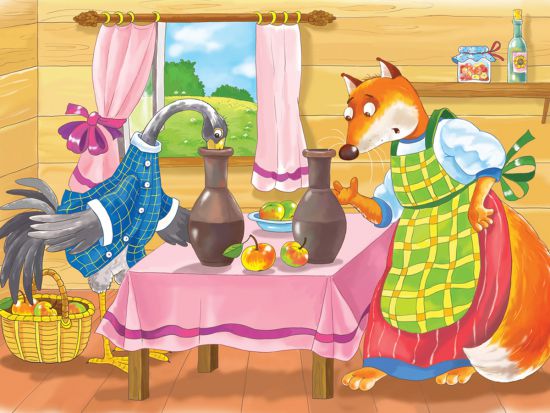One of my favourite childhood stories is the one about the fox and the crane, which is basically about home ground advantage.
First, the fox invites the crane for lunch and serves him paayasa in a large plate. The large plate is easy for the fox to lick off the paayasa, but the crane is unable to eat it at all. To take revenge, the crane invites the fox back for lunch, and proceeds to serve him paayasa in a tall jug.

I’ve seen this play out in several situations in recent times, especially when it comes to planning kids’ activities.
Our daughter doesn’t nap in the afternoons – instead she goes to bed early (7 pm). Based on this single data point, when we were planning her birthday party last week, we thought 330 to 6 was a “reasonable time” for the party. “It would get over by her bed time”, we had reasoned.
As it turned out, two little guests came late as they had napped off in the afternoon, and another promptly crashed on his way to the party. On our side, the party finished at 630, and the daughter was nicely tucked into bed by 730. I don’t know if I should consider it a “success”.
It was a similar case at the Dasara doll party we hosted for her school friends yesterday. We had sent out the invites to that well before the birthday, and had again given out a 330 to 6 window during which they could come and see our doll display. Two children had napped off and ended up coming at 545!
We’ve been “foxed” on some occasions as well, being invited for parties and occasions that take place late in the evening which is simply inconvenient for us because our daughter sleeps off early.
On a more general note, I wonder what a good time is for a party where the hosts aren’t expected to serve meals. Morning parties inevitably creep up into lunch time. The reason we’ve hit upon our 330 to 6 window is that it is clearly “tea time” and nobody will expect to have a “big meal” at that time. Clearly, it seems like a lot of kids nap in that time, especially on weekends.
5 to 7 might be a more accommodating window, especially to accommodate the afternoon nappers but the problem is it ends at a time that is too late for tea and too early (for most people, if not for us) for dinner! And if you serve meals at non-standard times that can end up screwing up with the guests’ “systems”, and they may not look upon the event nicely in hindsight.
Speaking of events that have messed with my “system” in hindsight, what is it about functions that don’t serve lunch until 2 pm or dinner until 9 pm? We’ve come across so many of these in the last few months (and in one case, the 9 pm dinner consisted of rice and spiced hot water that went by the name of rasam), that we’re seriously considering a policy decision to eat before we go out for large, especially religious, events.
PS: In terms of timing, in large events it might be the guests who are “foxed” since they end up arriving at the “edge” of the event. For small events the hosts get “foxed”. Twice in two weeks this year we invited people home for dinner at 7 pm. And both times they turned up at 9. And that messed with our systems so much that we haven’t called too many people for dinner after that!